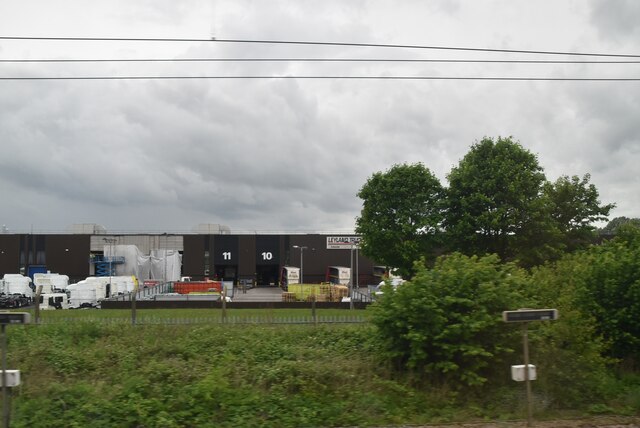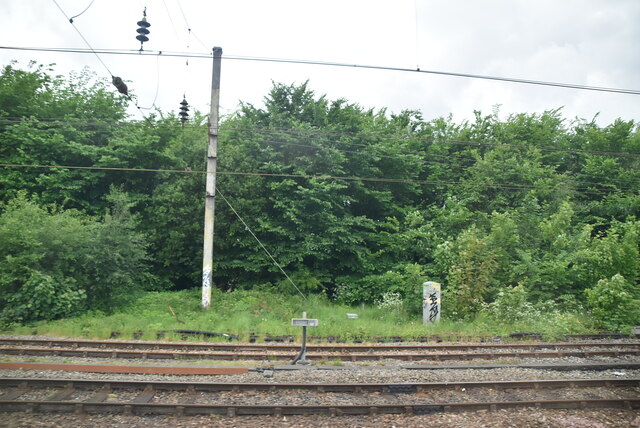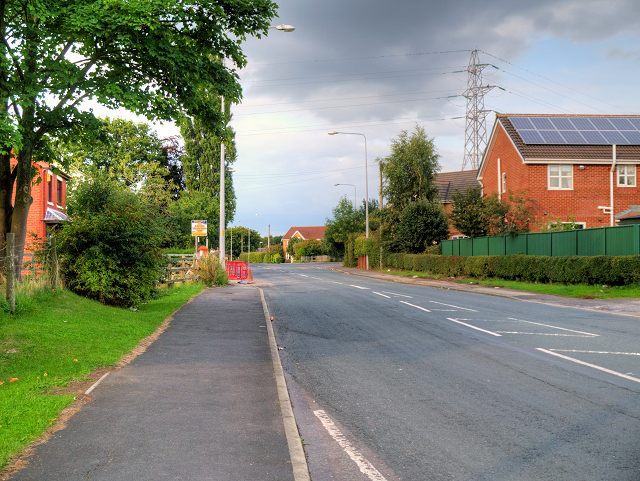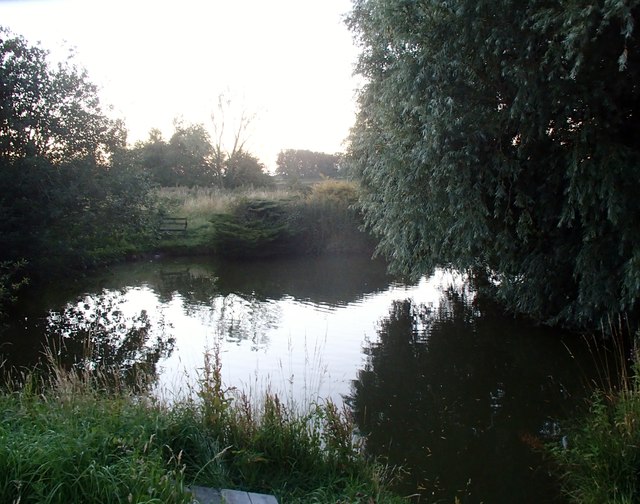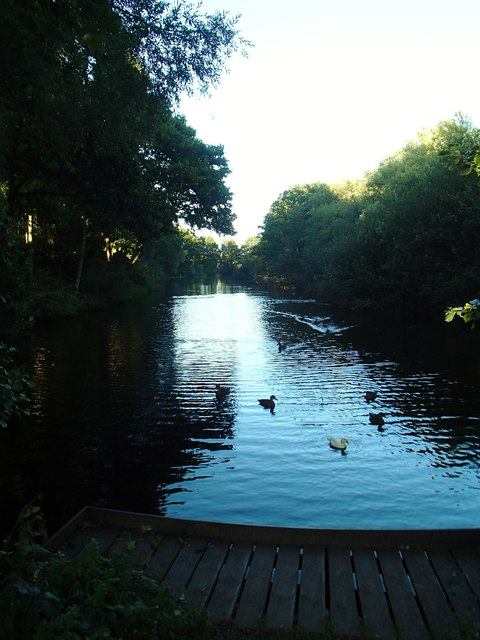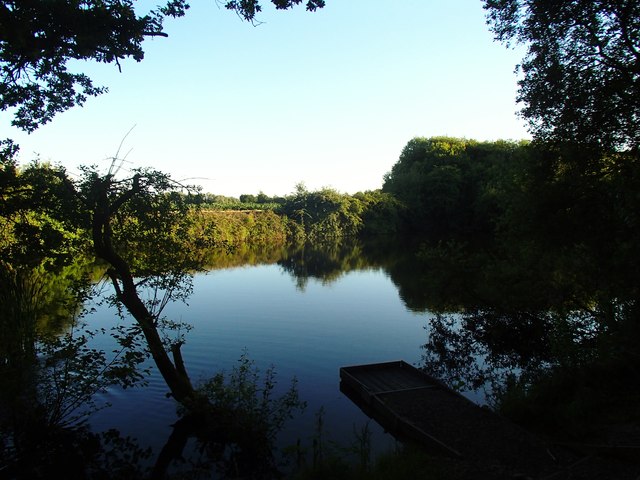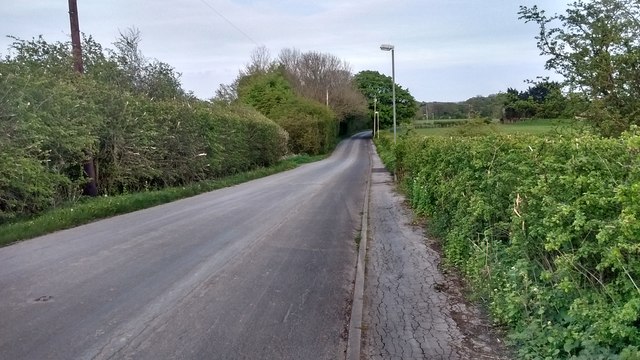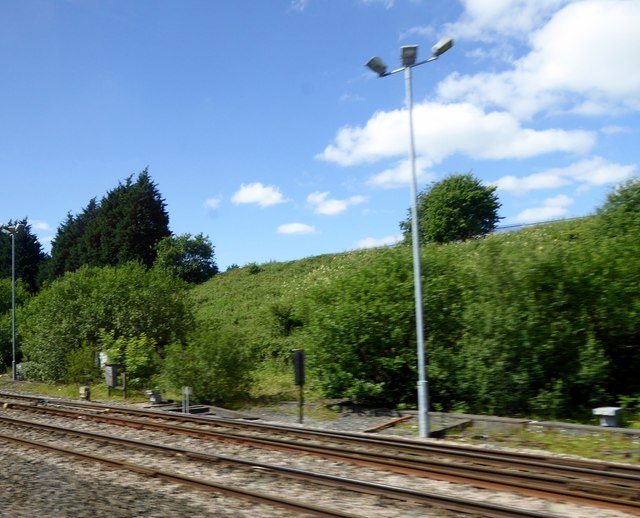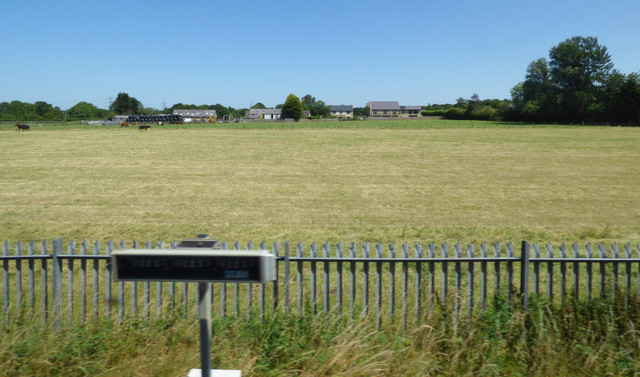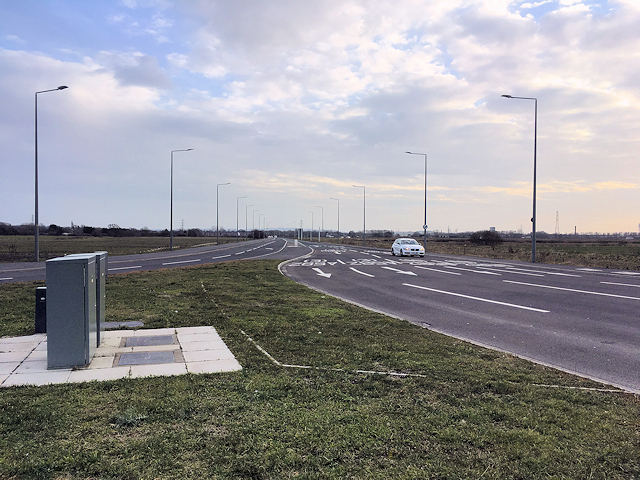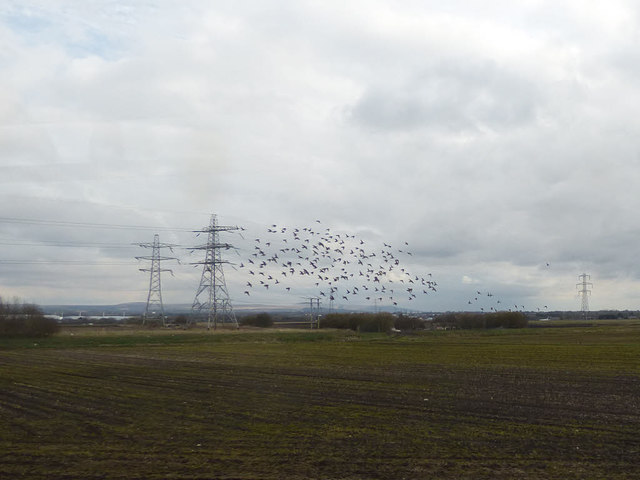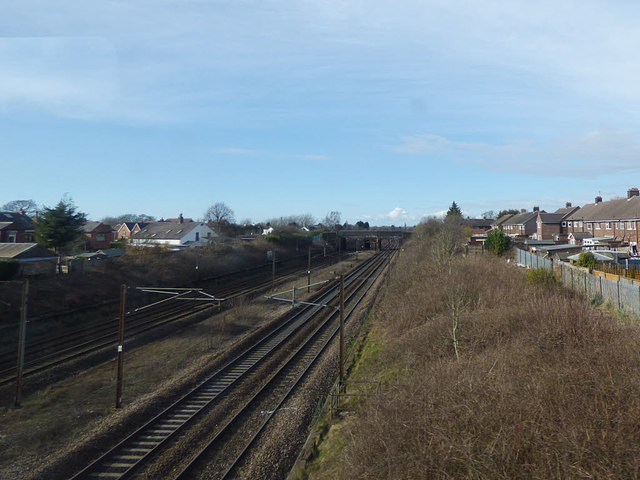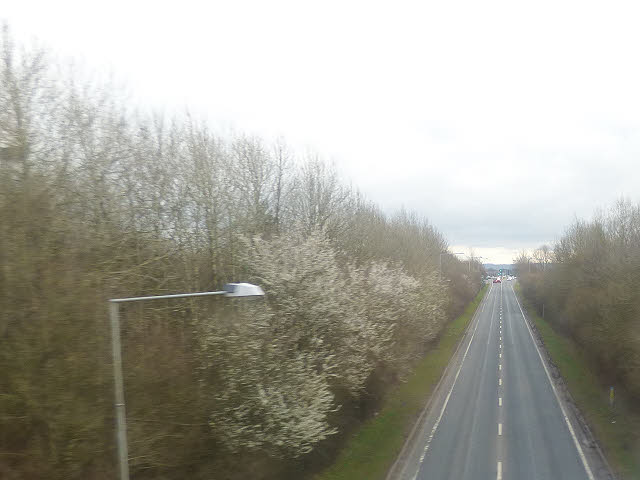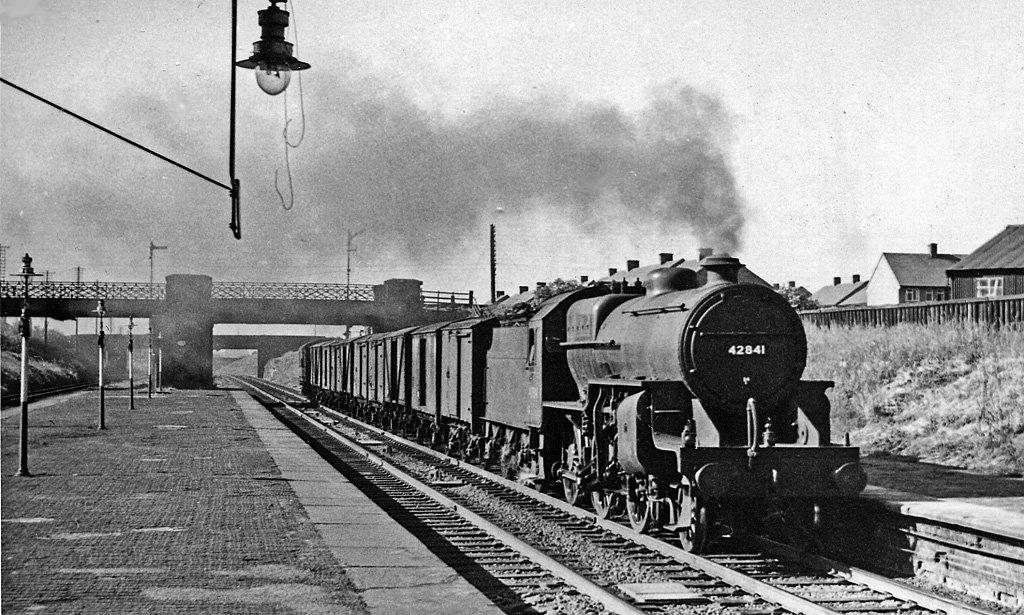Moss Plantation
Wood, Forest in Lancashire South Ribble
England
Moss Plantation
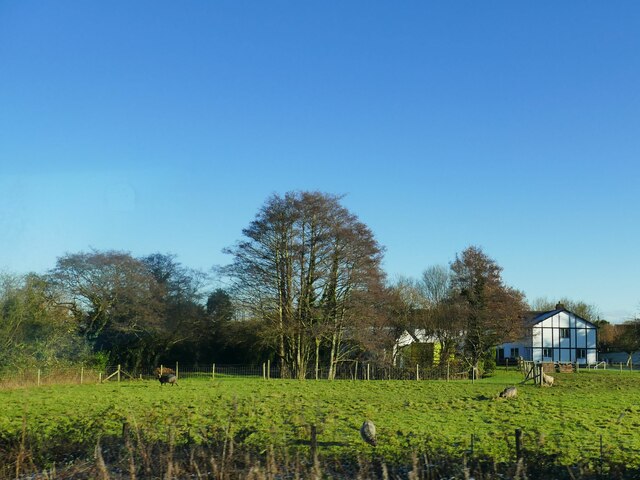
Moss Plantation is a picturesque woodland area located in the county of Lancashire, England. Covering an expansive area of lush greenery, it is known for its dense mossy forests and captivating natural beauty. The plantation is situated in close proximity to the town of Lancaster, making it easily accessible to both locals and tourists alike.
This woodland paradise is renowned for its diverse range of plant species, with a particular emphasis on mosses. The damp climate and rich soil of Lancashire provide the perfect conditions for mosses to thrive, creating a unique and enchanting environment. Visitors to Moss Plantation can expect to be surrounded by a sea of vibrant greens and various shades of moss, creating a tranquil and soothing atmosphere.
The plantation is also home to a wide variety of wildlife, making it a paradise for nature enthusiasts. Squirrels, rabbits, and various species of birds can frequently be spotted darting through the trees or nesting in the branches. The peaceful ambience of Moss Plantation provides the perfect opportunity for visitors to reconnect with nature and enjoy the serenity of the woodland.
For those seeking a leisurely stroll or a challenging hike, Moss Plantation offers an extensive network of walking trails. These trails wind through the forest, providing breathtaking views of the surrounding landscape and allowing visitors to fully immerse themselves in the natural beauty of the area.
Overall, Moss Plantation in Lancashire is a pristine woodland retreat that offers a truly immersive and captivating experience for nature lovers. With its stunning mossy forests, diverse wildlife, and scenic walking trails, it is a must-visit destination for anyone seeking solace and tranquility in the heart of nature.
If you have any feedback on the listing, please let us know in the comments section below.
Moss Plantation Images
Images are sourced within 2km of 53.720521/-2.7196556 or Grid Reference SD5225. Thanks to Geograph Open Source API. All images are credited.
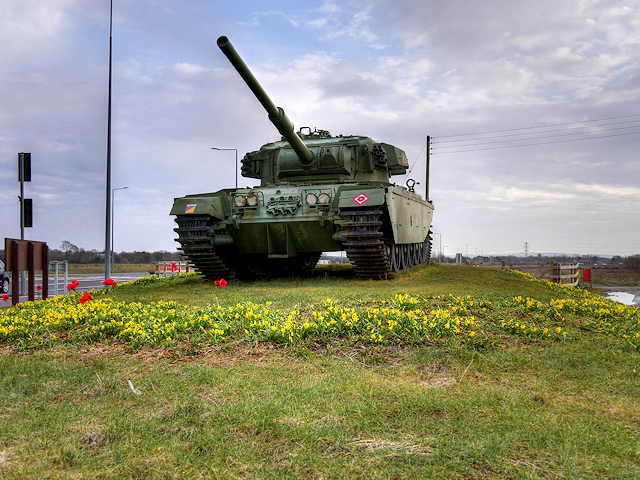
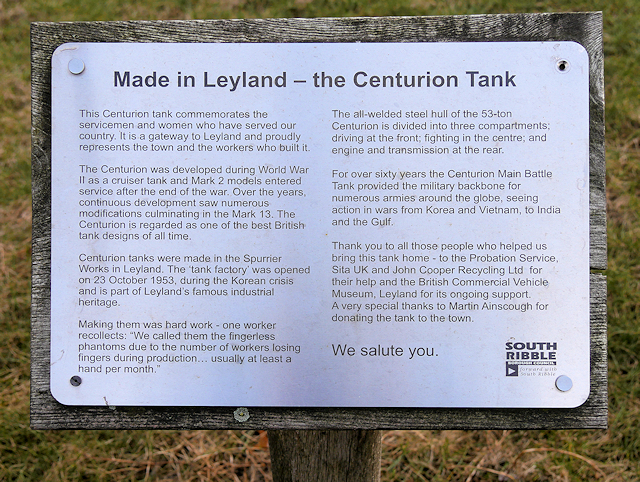
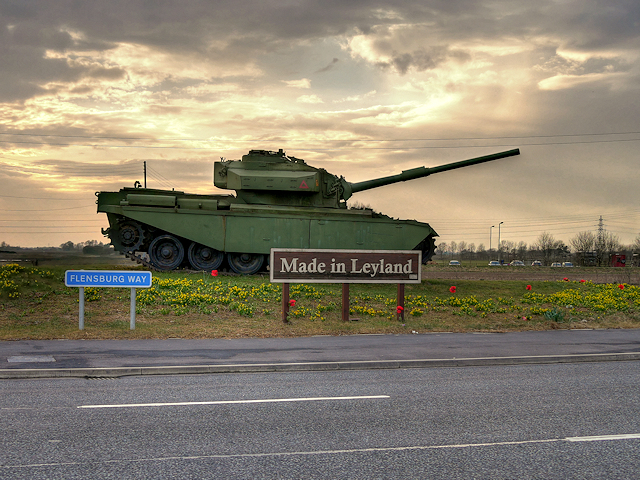
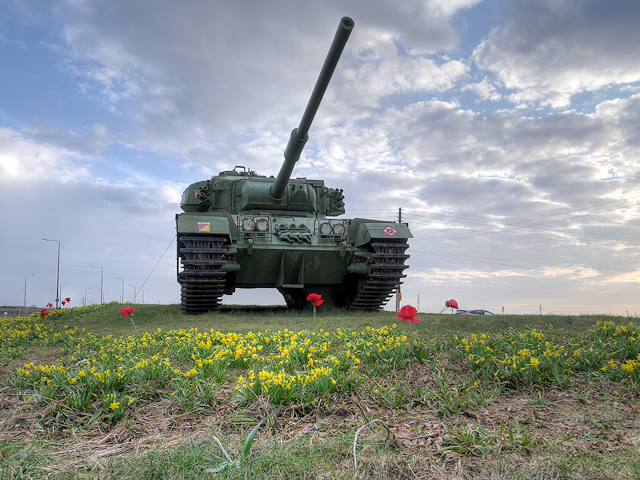
Moss Plantation is located at Grid Ref: SD5225 (Lat: 53.720521, Lng: -2.7196556)
Administrative County: Lancashire
District: South Ribble
Police Authority: Lancashire
What 3 Words
///bikes.backed.woven. Near Leyland, Lancashire
Nearby Locations
Related Wikis
Whitestake
Whitestake is a small village in the South Ribble district of Lancashire, England, on the eastern edge of New Longton It is at the boundary of the parishes...
St Paul's Church, Farington
St Paul's Church is in the village of Farington Moss, Lancashire, England. It is an active Anglican parish church in the deanery of Leyland, the archdeaconry...
Farington railway station
Farington railway station served Farington, south of Preston in Lancashire, England. == History == The station opened on 31 October 1838 under the ownership...
South Ribble (UK Parliament constituency)
South Ribble is a constituency represented in the House of Commons of the UK Parliament since 2019 by Katherine Fletcher, a Conservative. == History... ==
Related Videos
Leyland
A Walk Around Leyland.
Leyland, Lancashire // A walk around town in lockdown.
timelapse #leyland #lancashire During these first 2 weeks in lockdown, I decided to embark on a few projects and obviously keep ...
Nearby Amenities
Located within 500m of 53.720521,-2.7196556Have you been to Moss Plantation?
Leave your review of Moss Plantation below (or comments, questions and feedback).
